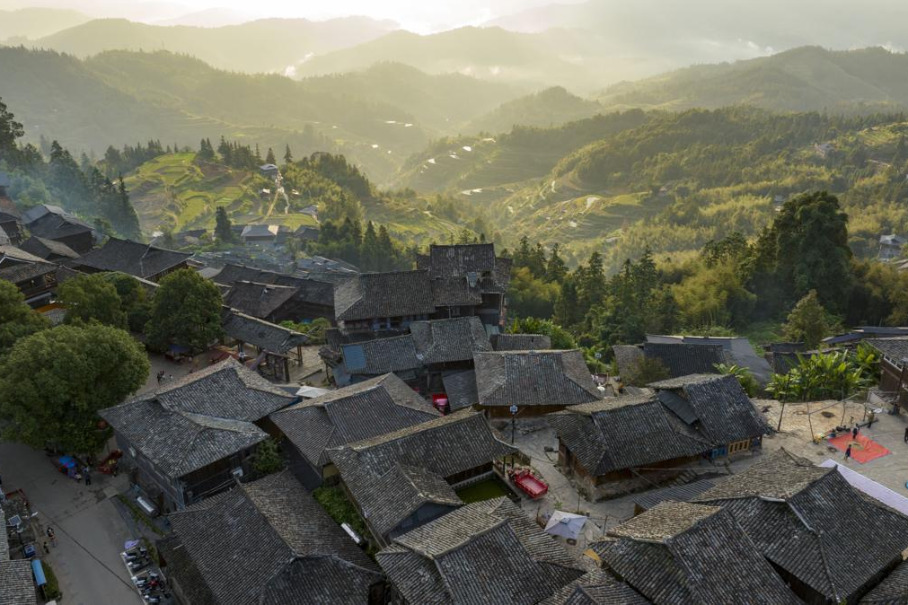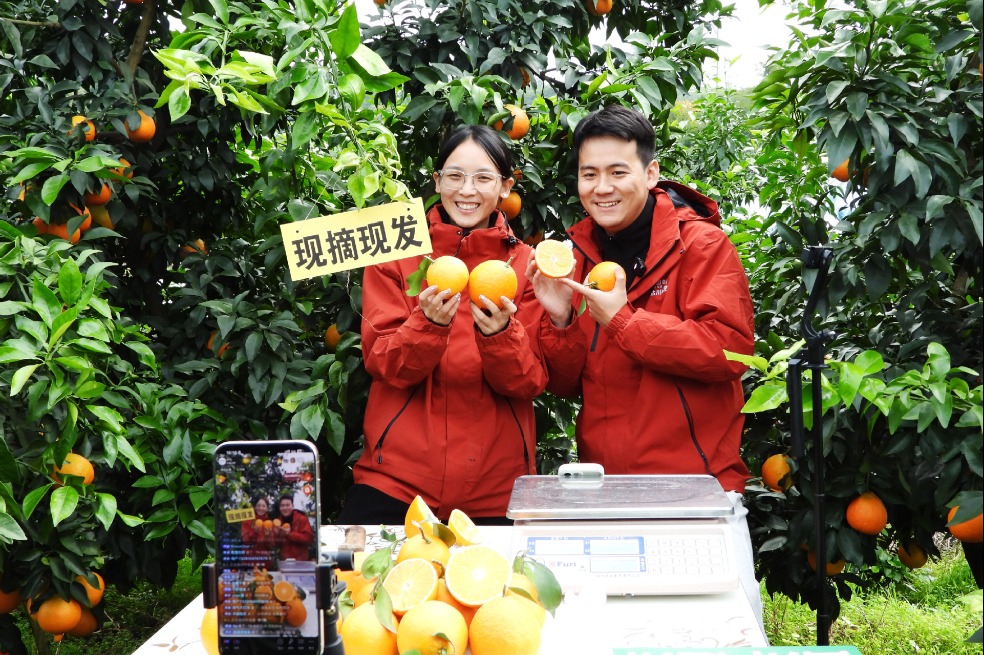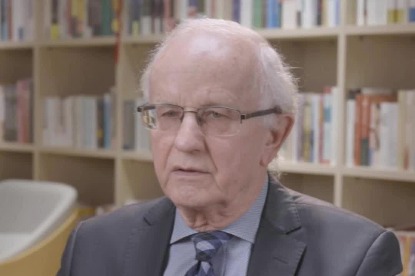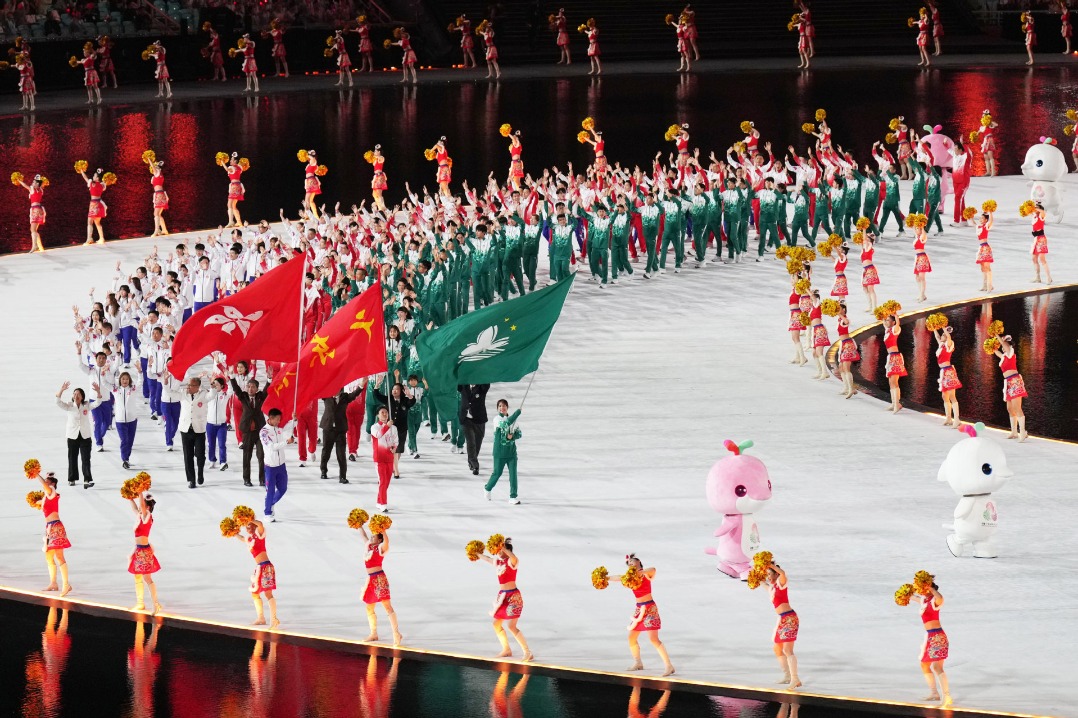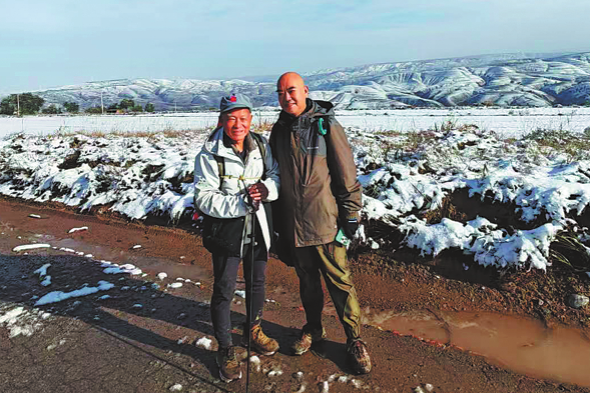Once-polluted river an oasis of green development

Wenzaobang River, which is regarded as the mother river of Shanghai's Baoshan district, is becoming a model for the successful transformation of industrial areas into ecological havens, local officials said during the ongoing fifth China International Import Expo.
Regarded as one of the three major waterways running through Shanghai along with the Huangpu River and Suzhou Creek, the Wenzaobang River used to be heavily polluted by surrounding factories but is now much healthier.
"Under the district government's guidance for building an ecological city, a total of 617.73 hectares of new green fields have been created, and 167.51 kilometers of greenway had been formed by the end of June this year," said Liu Dan, an official from Baoshan district's green development section.
In Baoshan, the development of public parks has become an important part the district's ecological work.
According to Liu, the Wusong Paotaiwan National Wetland Park has gathered about 241 species of plants, some 144 bird species, and 74 kinds of fish. And the 430-hectare Gucun Park has become a major suburban forest park for the city, with multiple functions that include ecological protection, sightseeing, leisure and fitness, cultural entertainment, tourism, and vacation, Liu added.
While boosting the ecological environment along the Wenzaobang River, efforts have also been made to develop the area's technological innovation.
The middle section of the Wenzaobang River in Baoshan district, which is known as the No 1 Bay, is on its way to becoming a dynamic area with 15-minute community life, an industrial park, technological innovation, culture innovation, and public spaces.
Focused on the district's transformation initiative, the development of Wenzaobang River will take different measures in accordance with areas' resources and positioning, said Zhang Wen, deputy director of Baoshan district's planning and resources bureau.
- China hails 'hard-won' COP30 Global Mutirao Decision
- China-SA science exhibition showcases innovation, cultural exchange
- China opens draft regulations on data protection to public consultation
- Veteran French physicist elected to Chinese Academy of Sciences
- Former Polish deputy PM praises China's economic rise, growing influence
- HK powers the nation's equestrian development
















